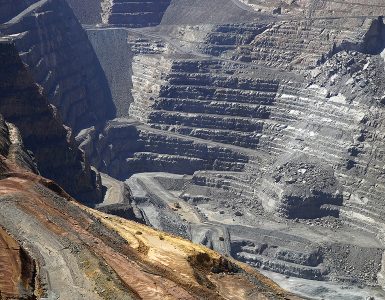The spot gold price has fallen 2.9% since August 15th, from US$1815.50 per ounce to US$1,761.10 per ounce.
The Australian Stock Exchange reports that the gold price has an impact on the shares of Evolution Mining Ltd, Northern Star Resources Ltd, and Newcrest Mining Ltd. These are the biggest gold mining companies in Australia and around the world.
What is the gold price forecast?
Several analysts are concerned about the gold price. The gold price has fallen 13.8% since reaching a high of US$2043.30 per ounce on March 8th.
Market analysts have been predicting a drop in the price of gold. They are concerned that gold will fall below $1,700.
The CBOE gold volatility index (GVIX) which a real-time market index that measures the market’s expectations for volatility over a 30 day period is important to investors who use it to measure level of risk, fear, or stress in the market. The VIX rises when stocks fall, and declines when stocks rise.
Everyone is on high alert, and anxious to hear what US Fed Chair Jerome Powell has to say about anything and this puts some strain on the gold market.
There are other indexes that get used but average small-time gold buyers might not know what they are and how apply them. One thing that every investor knows or should know is that because the gold price is pegged to the U.S dollar, what affects that currency will affect the precious metal and vice versa.
There are fears that Jerome Powell will take a hawkish view on gold and take a hawkish stance on the recession and the US dollar’s continued rise. The gold market is heavily influenced by what the dollar does and how the economy is affected. This is not unique to the United States, but it affects other countries as well, particularly those whose economies are based on gold mining, such as Australia and South Africa.
Australia, the world’s second-largest gold producer, has more than 65 large active gold mines. 14 of these are the largest, accounting for a significant portion of the 327 tonnes of gold produced in 2020. In total, Australia produced 327 tonnes of gold in 2020, equivalent to approximately 10.5 million ounces.
Because of inflation, gold should be viewed less bullishly, so gold miners and investors are bracing for losses and the possibility of further price declines. The pandemic had a profound impact on mining operations but it couldn’t shutdown the mining industry completely as more people needed to buy gold as a hedge.
According to analysts, aggressive federal rate hikes and a stronger US dollar are “holding down the price of gold.” They do expect the central bank to increase purchases as currencies weaken.
While rising recession fears, coupled with sticky inflation, should result in some safe-haven purchases, central bank purchases are expected to be robust as currencies depreciate and global political risks rise. This should help to offset lower physical demand.
However, according to certain gold market participants, such as Evolution Mining’s executive chairman Jake Klein, gold could reach more than $2,000 per ounce by 2023. The mine reported in its financial results that it could achieve a gold price of $2,425 per ounce in 2022. Meanwhile, Newcrest reported a gold price realization of $1,787 per ounce. Northern Star’s results are not yet public, but they are expected to be close to Evolution’s and Newcrest’s. Judging by what is coming out of the top gold mining companies in Australia, This is still a great time to invest in gold.
Source 1: https://www.investopedia.com/terms/v/vix.aspSource 2: https://www.nsenergybusiness.com/features/top-five-gold-mining-companies-australia/






